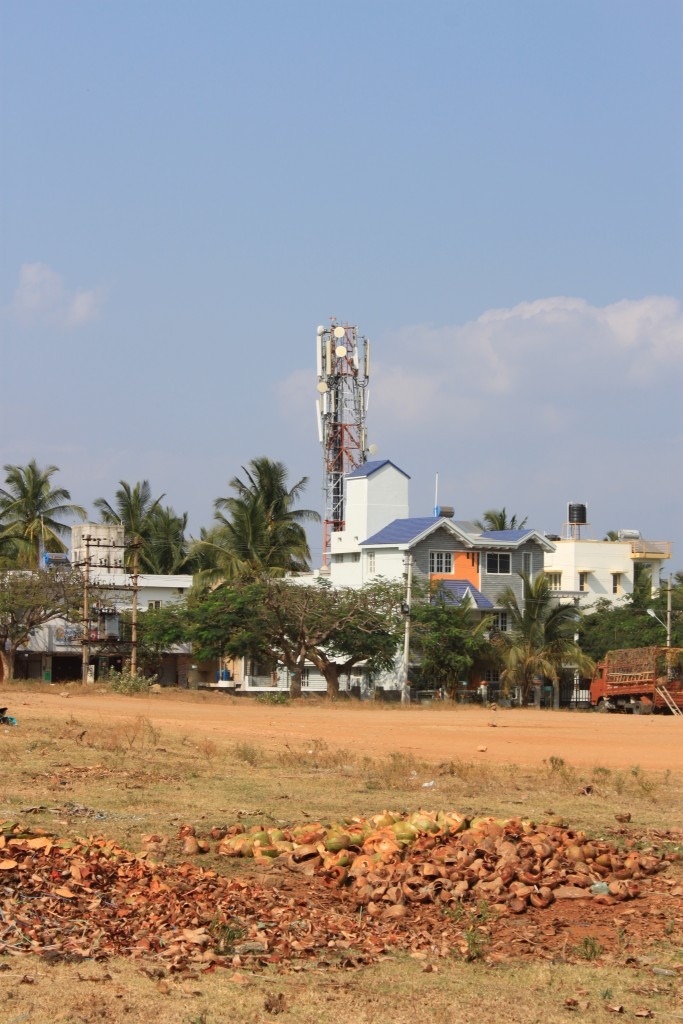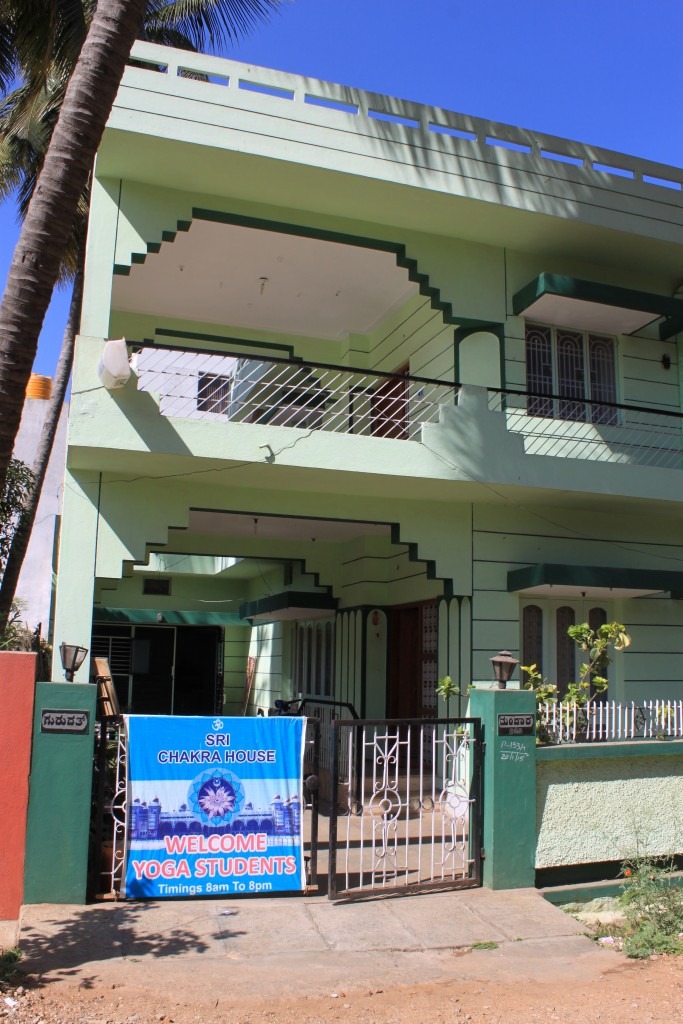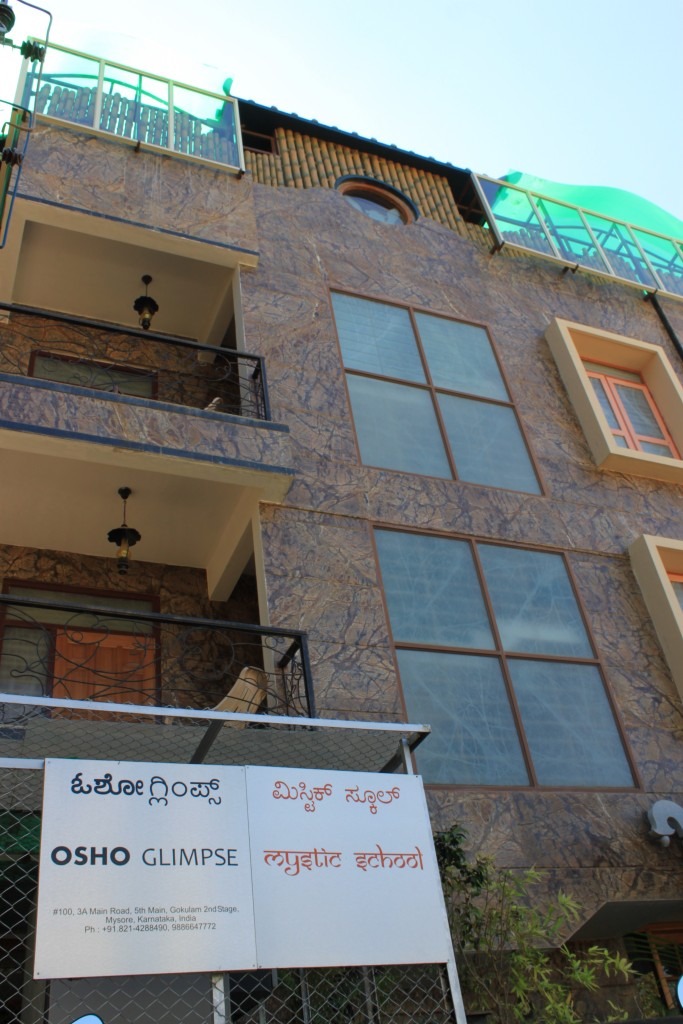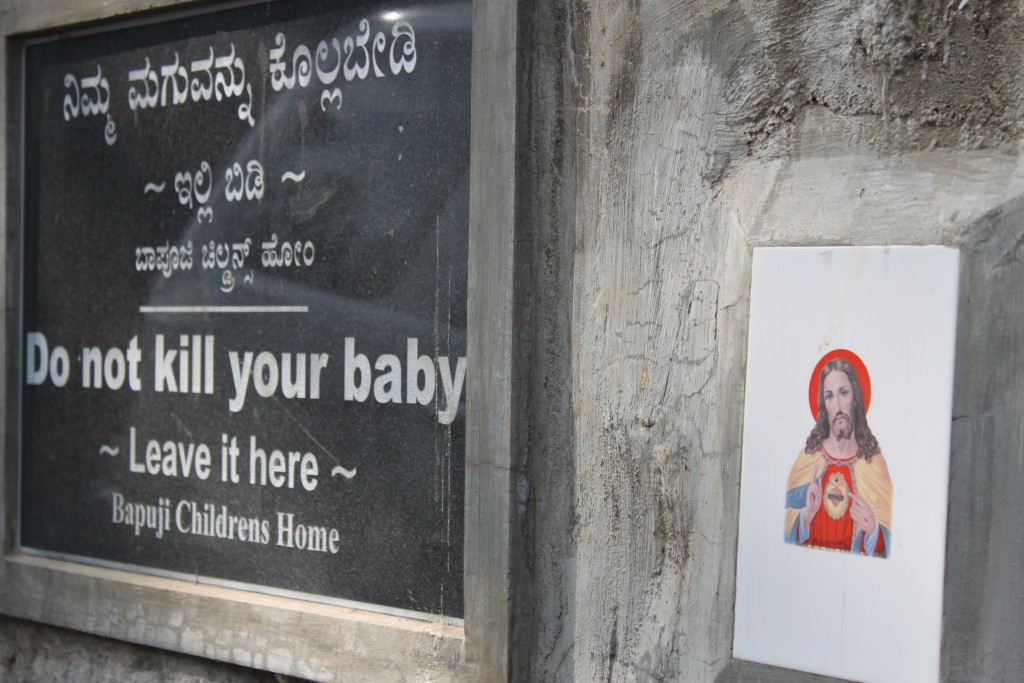A few of my upcoming blogs are going to be simply photo blogs. Pictures speak a thousand words








Ashtanga Workshop: Practice the Primary Series w/Elliot This Ashtanga Workshop for intermediate yogis is designed to help you transform your yoga practice into a more personal and healing ritual. Practice the Ashtanga Primary series with Elliot on the first Saturday of each month at EAST WIND YOGA starting February 3rd! Sign up below… Ashtanga Workshop designed … Read more
Krishna Pattabhi Jois is the founder of the Ashtanga style of yoga and one of the most influential yoga teachers to have brought yoga to the west through the Ashtanga Yoga Research Institute in Mysore, India. I studied there in January 2015. Jois was born on a full moon in 1915 in Kowshika in southern … Read more
I am a huge fan of the Ashtanga practice. The intensity, the discipline, the mindlessness, and the routine of the sequential practice makes it like a second home for me. I always know that there are mornings where I can wake up and work without thinking, push myself without thinking of how, breathing without having to … Read more
My last day of practicing yoga with Saraswathi Jois was on Tuesday, but I am very happy to continue moving. I am very happy with how the trip and Saraswathi have added to my practice, though it definitely evolved much differently than I expected. Ashtanga can be grueling at time. I think this is one … Read more
What is Ashtanga Yoga? Ashtanga yoga sequences are a tradition expounded by Pattabhi Jois and is currently taught by teachers in different forms across the world. It is most likely that these sequences were originally created by Krishnamacharya for Pattabhi Jois, using knowledge he obtained from his guru, Brahmachari for short, who lived in a … Read more
A few of my upcoming blogs are going to be simply photo blogs. Pictures speak a thousand words








I practice Ashtanga by myself sometimes. It can be liberating in ways that a studio can’t fulfill. Every time I complete the primary series, I feel so empowered and at peace. I learned the primary series from an instructor in Boston that I forget, but ever since then have felt like I have permission to … Read more